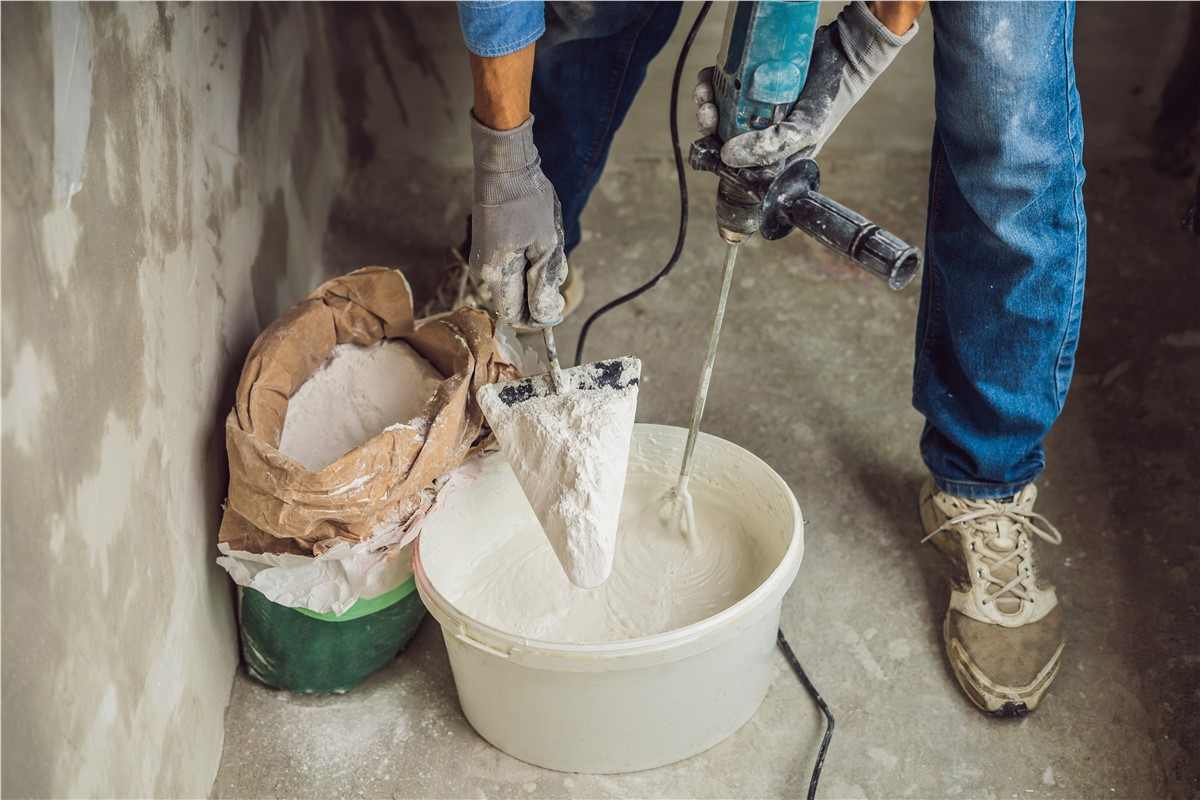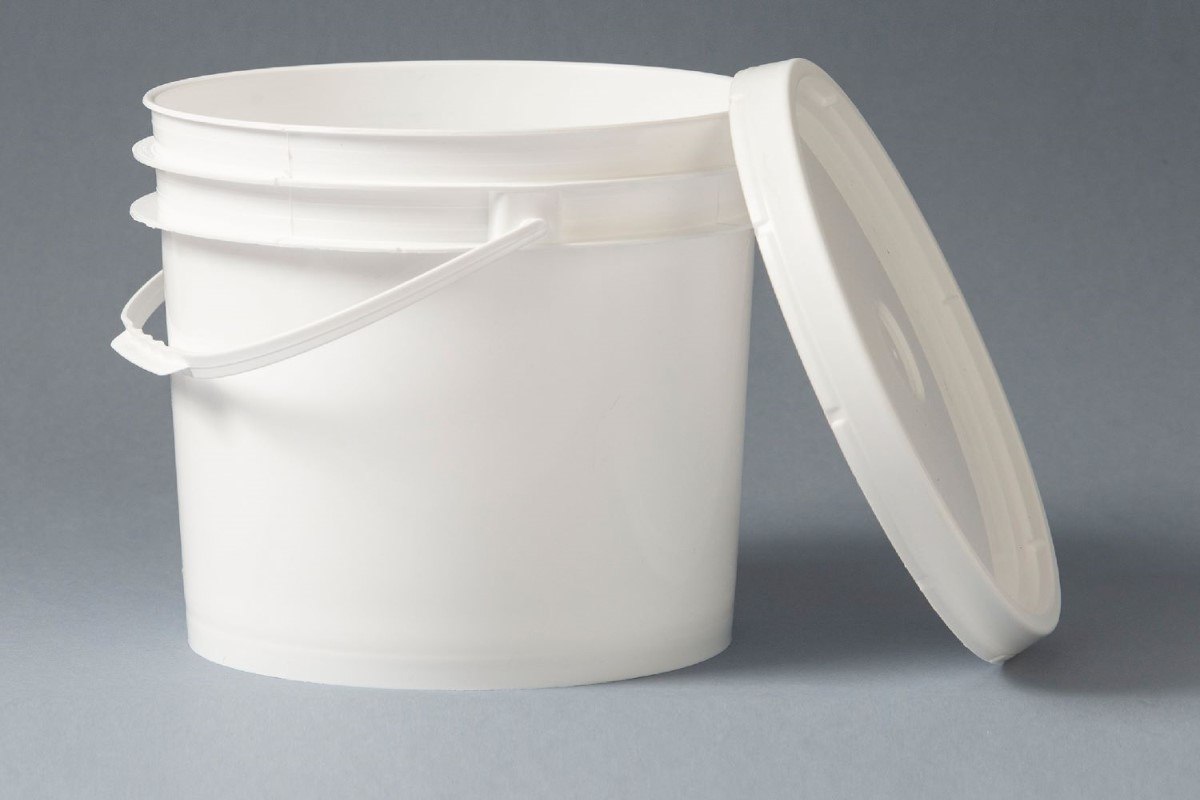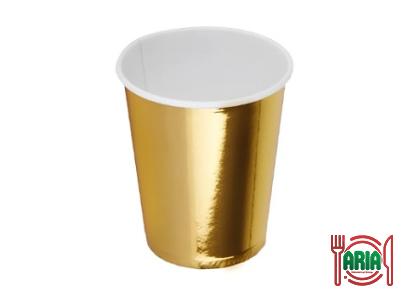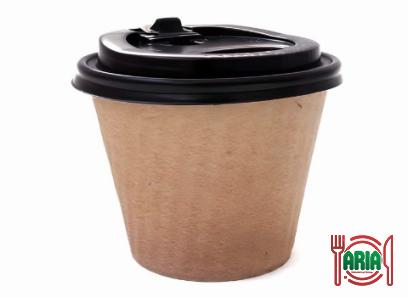you must have a pail and bucket made of plastic for different uses. A bucket is one of the most popular containers around, especially white ones They are often constructed with a handle and are intended to be at a height that allows for a large aperture at the mouth.
The fundamental use of a bucket is to make it easier to transport and store things when one moves from one location to another.
Nevertheless, not all buckets are made of the same material. Some buckets are constructed with materials that are delicate when they come into touch with other things, while other buckets need consistent care in order to ensure that they do not crack or shatter.
Wood was used for the first containers that were manufactured by humans, but later on, they found metal. Pails made of metal were historically the only kind that could be purchased commercially. They were powerful, and they carried out their duties well.

Innovation and technological advancement always seek change and improvement. In the later part of the 20th century, containers made of steel and glass were no longer the only options available. Other options also emerged.
Pails made of plastic, often known as poly pails, were first commercially available in 1967. They are long-lasting and economical, which contributed to their initial popularity and ensures their continued success.
As a result of experimentation, plastic pails have gradually become more durable and flexible throughout time. They started to acquire popularity in a variety of fields that had traditionally relied on containers made of metal or glass.
However, plastic did not always have an easy time of it throughout its journey.
A concise overview of the development of the plastic shipping pail
The newly developing industry of plastic containers in the United States of America encountered resistance when it came to the widespread adoption of plastic buckets in preference to other varieties.
Plastics were put through extensive testing because the Food and Drug Administration (FDA) needed to provide their approval before they could be used in the production of foodstuffs or medications.
It was necessary for the United States Department of Transportation to get a second stamp of approval before plastic containers could be transported by road or rail throughout the country. In order to demonstrate their viability, several tests were carried out.
Throughout one of the tests, five-gallon plastic pails that were filled with water and sand were placed into a truck and taken on an extremely bumpy voyage from California to Washington, DC. Since the pails did not break or leak during the ride, they were given approval.

Since then, there was no halting in the development of the plastic pail, and the capacity of five gallons is now one of the most well-known shipping containers in the world.
Plastic buckets do not rust as metal ones do, and they are also more likely to withstand the damaging effects of the sun. Due to the fact that they are flexible, they are more resistant to dents and other forms of impact damage than metal.
How resilient is plastic when it comes to being hit by other objects? This study on the effects of shocks on packages and pails while they were being transported was carried out by the School of Packaging at Michigan State University.
Because of their low weight, plastic pails will help keep your overall shipping expenses in check. This may also be beneficial to the environment since it will reduce the amount of fuel that is required to carry them.
They come in a variety of sizes and may be used to carry a wide variety of products, such as oils, paints, pet food, and hazardous chemicals. Other things that can be transported include:
Because they are molded from a single piece, they are seamless, which ensures that there will be no leaks during shipping or storage.
They are available in a variety of configurations that have been given the OK for use with food or hazardous items. These designs are compliant with the requirements set out by the UN/DOT and the FDA.
Plastic buckets are available in a wide variety of designs that may be modified to offer the greatest performance possible for the user’s requirements.
These designs can include resistance to product penetration as well as compressive strength. They also have the capability of having their surfaces treated to give UV protection for the items you make.

Are there any benefits to using metal buckets instead of other containers?
You might be excused for believing that there is simply no place for metal buckets anymore after reading about how beneficial plastic pails can be. After all, you just read about how handy plastic pails can be. That’s not entirely true.
There’s no getting around the reality that metal is more durable than plastic; there’s just no way. Metal is the material of choice when bucket strength is a crucial consideration for the product you are developing.
To provide an additional layer of defense, metal pails may have their interiors lined with any one of many different materials.
When exposed to high enough temperatures, plastic will melt. Because metal pails can withstand a significant amount of heat, they are an excellent choice for storing flammable goods.
For instance, stainless steel can endure temperatures of up to more than 3,100 degrees Celsius (almost 2,000 degrees Fahrenheit).
Metal pails are quite versatile. They are also recyclable, and the infrastructure necessary to recycle them is already in place. They may be reused as well as recycled. Buckets made of steel are able to resist a tremendous amount of pressure and weight.
Propane tanks, which are intended to resist an incredible 960 pounds per square inch (psi), are likely to be the most pressurized five-gallon containers you come across.

Metal pails don’t leach, and they don’t collect aromas from their contents like plastic containers can. On the other hand, there are growing worries about the leaching of chemicals like BPA from plastic containers.
Plastics have a poor reputation when it comes to their capacity to be recycled, in contrast to steel, which can be readily shipped off to be scrapped, melted down, and changed into new steel.
Which one is best?
The bucket or container that is optimal for the task at hand is the best option. Plastics are great since they are lightweight and adaptable, but metal pails are generally the best option for transporting or storing materials that might catch fire or become flammable.
You will need to decide between metal buckets and plastic buckets since research has not yet developed a material that combines the positive aspects of both types of buckets into a single product.
However, at some point in the not-too-distant future, science will likely develop such a material. Pails are available in a wide variety of sizes and varieties, and whether they are made of metal or plastic, each offers its own set of benefits.
The following discussion of the benefits and drawbacks of each option should make it simpler for you to make a decision.




